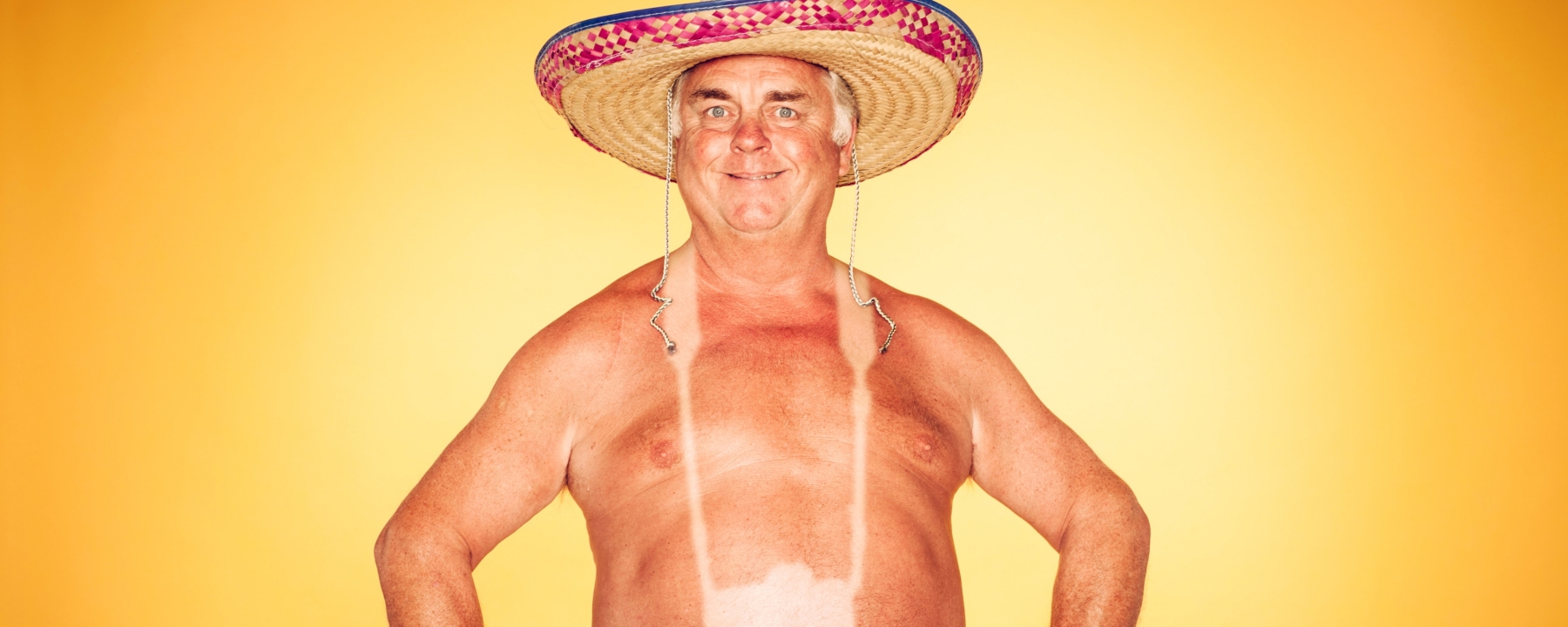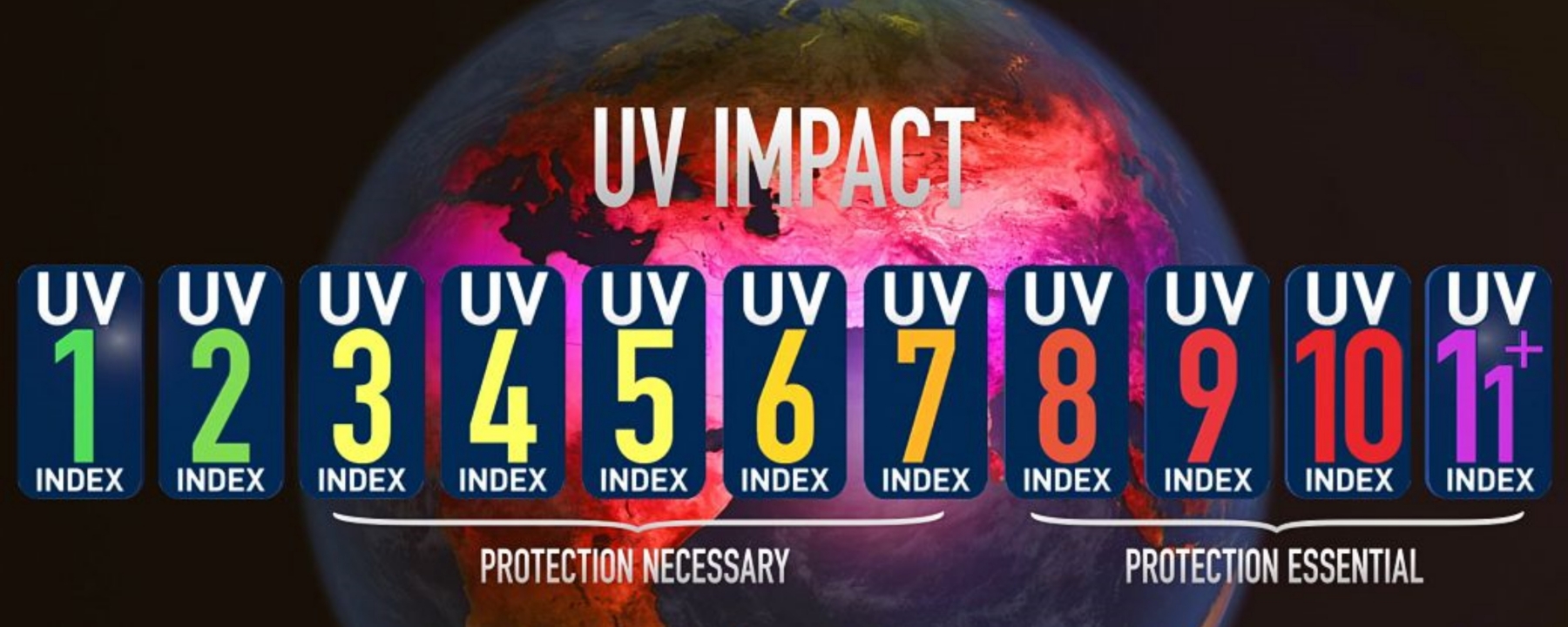
Sun protection
When the sun's out, watch out
On hot summer days, the temperature alone is not a good indicator of how much we need to protect ourselves from the sun’s rays. The values on the UV index, on the other hand, are a superb indicator. Here’s our little reminder to keep sunscreen on your radar.
While it is extremely important to get a good dose of sunlight regularly, the healthy benefits come from getting the right amount. Too much sun can be just as harmful as too little. Whether you’re on holiday, working outside or simply enjoying your life and hobbies in the great outdoors, protecting yourself from the sun isn't just something you do on holiday. You have to do it every day!
"Good sun protection is important, of course. But exposure also plays a role. If you're indoors or if it’s a very cloudy day, you need far less sunscreen than if you're exposed at the beach all day long. You need to use sunscreen in a way that suits the situation and the individual," explains Marcel Schnyder, Head of Global Technical Center Sun Care. It doesn't make sense to use SPF 50 every day, no matter what you do. The range of sun protection products is now so vast that there is a solution for virtually every situation.
The surface on which you are standing likewise has an influence on the intensity of the sun's rays. Snow, sand and water reflect rays particularly well, which increases exposure.
Facts & Figures (Global Solar UV Index of WHO)
- UV radiation is strongest under a blue sky.
- The higher the altitude, the stronger the UV rays are. Irradiance increases by 10–12% per 1,000 meters of altitude.
- Forty percent of the UV rays that reach the earth’s surface can permeate up to 0.5 meters below the water's surface.
- Shaded areas are not free of UV rays either. Due to scattered radiation, shadows only protect against around 50% of UV radiation. However, it should be taken into account that the strength of the reflection depends on the surface in question. The reflected portion of UV radiation is generally between 3–15%. However, snow can reflect up to 80–90% of UV rays. (Ref.: „2018, Turner and Parsis. Ultraviolet Radiation Albedo and Reflectance in Review: The Influence to Ultraviolet Exposure in Occupational Settings.“)
In other words, there are many variables you can and must consider when it comes to choosing the right sun protection. The UV index can help you make a decision.
The World Health Organization (WHO) developed and published the Global Solar UV Index together with the United Nations Environment Programme (UNEP), the World Meteorological Organization (WMO), and the International Commission on Non-Ionizing Radiation Protection (ICNIRP) in 1995.
Similar to the Richter scale for earthquakes, the UV Index is a theoretical open upward scale that measures the intensity of UV radiation and the resulting risk. The UV Index offers a good indication of how much protection a person needs from the sun.
The meaning of the different UV index values and the protective measures recommended by the WHO:
- 1 + 2: No protective measures are required. You can and may enjoy being outdoors without any concerns.
- 3 to 7: Sun protection required. Prevent damage to health by wearing clothing, a hat and sunglasses. Use sunscreen with a sufficient SPF. Avoid the sun in the middle of the day. Stay indoors or seek shade.
- 8 and above: Protection is an absolute MUST. You should wear clothing, a hat and sunglasses for the whole day. Avoid being in the sun in the middle of the day. If you are outside, stay in the shade.
The light protection or sun protection factor
Describes the skin’s protection against sunburn, the technical term for which is erythema. This redness of the skin, the first visible sign of skin damage, is caused by UV light within a wave range of 290–400 nm.
SPF classifications
SPF 6–10 – Low protection
SPF 15–20 – Medium protection
SPF 30–50 – High protection
SPF 50+ - Very high protection
Although many people want to return to their everyday lives with a “beautiful” tan, especially after going on holiday, experts and dermatologists point out that there is simply no such thing as a healthy tan. In fact, tanning serves as a clear sign of skin damage.
"There are two pillars to modern UV protection. One is the health aspect and the other is the cosmetic aspect. The health aspect is about protecting against sunburn (erythema) and reducing the risk of developing skin cancer. The cosmetic aspect is that we now know UV radiation is one of the main reasons why skin ages prematurely, why wrinkles form, and why we can end up looking older than we actually are," says Dr. Markus Schwind, former Senior Marketing Manager Sun Care.
"When we talk about long-term skin damage, we shouldn't forget one important thing: Skin aging and wrinkling caused by the sun’s UV rays are two long-term clinical effects. But looking at a molecular level, there are things that happen in the skin immediately rather than over the course of months or years," adds Dr. Myriam Sohn, Global Technical Center Sun Care.
People react very differently to UV light from the sun. Individual skin type plays an important role. Skin type determines how much UV radiation a person can tolerate. This is due to the amount and type of melanin formed in skin cells. This skin pigment provides natural protection from sunlight, with its formation being stimulated by UV radiation.
Knowing your skin type can help you to better plan the necessary protective measures. However, it's not so easy to tell, as skin types are rather fluid in nature. The best thing to do is ask your dermatologist what kind of skin you have.
The six different skin types and their self-protection time
If there is enough sunlight, the body releases more of the happy hormone serotonin, which puts people in a better mood and makes them feel calmer, more satisfied and happier. With the right sunscreen, this mood will last much longer, because your skin will thank you for it.



